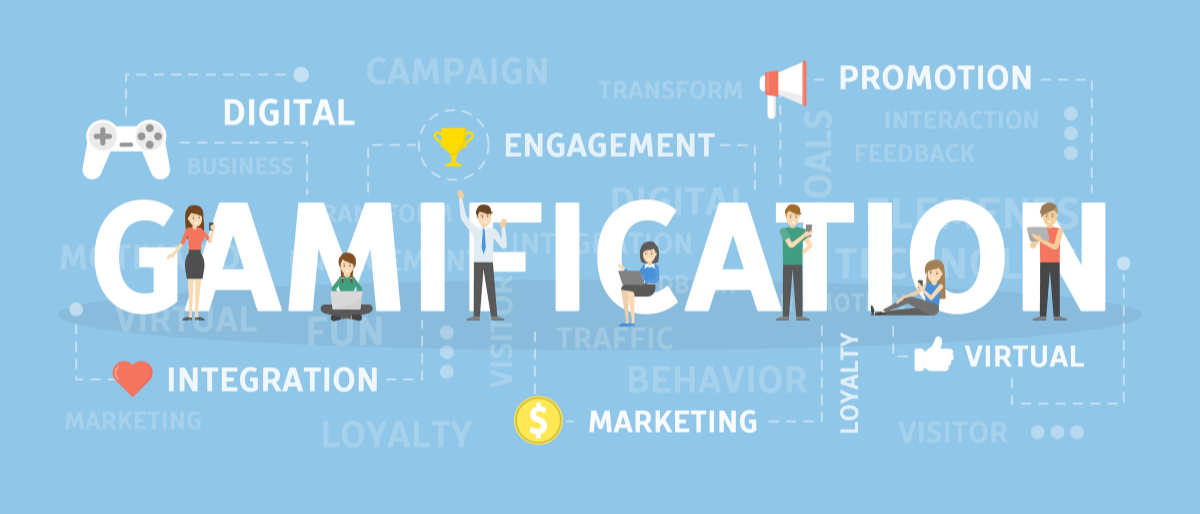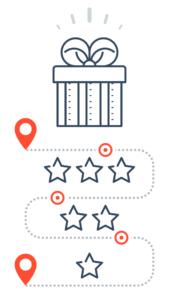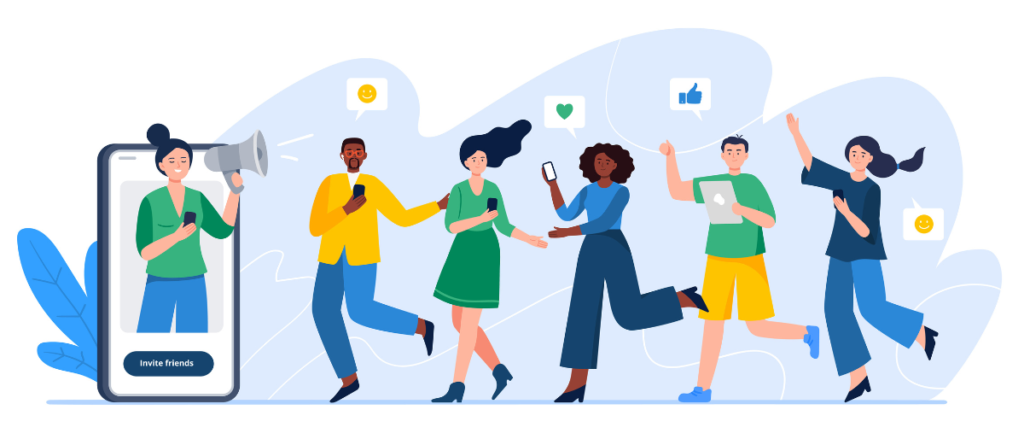
- Products
- Solutions
- Learn
- Partner
- Try Now
It’s a pretty well-established fact that people love to have fun. And if you can build fun into your business, you can build engagement into your business and get more people to buy from you.
What we’re talking about is gamification which is simply taking elements of fun from games and adding them into your product, your service, or your business to improve your customer engagements.

Let’s go through a few examples of gamification just so that you can understand better what is and isn’t gamification. Basically, anything with an element of fun or competition is gamification.
- If you’re getting a free t-shirt on buying 3, that’s gamification.
- You get a badge if you perform an exercise on a fitness app, that’s gamification.
- You try to get an A on a test, guess what? Gamification!
That’s why this is applicable to everybody. There’s always a way to build competition into your business.
Gamification is growing in popularity across the globe, and many brands are attempting to harness the addictive nature of competitive gaming and apply it to consumer behaviour.
According to Gartner, by the end of this year, over 70% of the global 2000 organizations will have already implemented this type of initiative.
Gamification can be very effective at retaining valuable customers and increasing customer loyalty. TechValidate states that 30% of companies that used loyalty gamification improved registration conversion rates by more than 50%. The gamification market is estimated to be worth $30.7 billion by 2025.
Gamification involves using competitive gaming to enhance the customer experience. It is a great marketing technique that can help companies develop and implement effective marketing strategies.
How to gamify?
There are four basic elements to any game.
Challenge: The challenge of achieving the goal. This is the very first thing that motivates people to start in the first place.
Choice: trying different things in deciding which way they want to go. It’s the choice among various elements and paths they want to choose to complete the challenge that differentiates them from other players. If there’s no choice they might as well just press start on Netflix because it’s not a game, it’s tv.
Change: There has to progress. A player needs to grow with the game. Facing the same challenge again and again will lead to the elimination of the challenge and people will get bored.
Rewards: Reward is the most important aspect of any game and needs to be part of your gamification strategies also. But you don’t always have to spend money to reward people. Non-monetary rewards are as good as monetary ones. In fact, the reason games can be addictive is due to the effect they have on releasing dopamine in the brain.
Rewards can be in various forms:
- Milestone badges
- Redeemable Points
- Shootout,
- Cashbacks
- Leaderboards
Examples of gamification:
Loyalty programs
Merely sending a thank you email after each purchase is insufficient. You may tap into the major drivers of consumer loyalty with a reward programme. In today’s society, the majority of shoppers (74%) believe that striving toward a goal or reward makes them loyal. Even more (79%) want to know if being loyal to a brand earns them rewards.
Benefits of loyalty programs:

- No more price competing
- Improved customer retention
- Increased customer lifetime value
- Build personal relationships
- Create brand advocates
A customer who signs up for your loyalty program is 47% more likely to buy from you again. And when 80% of your business comes from just 20% of your customers, you can see why it pays to invest in – and reward – customer loyalty..
Referral programs
Referral programs are an excellent approach to making your customers passionate advocates of your brand. Your users will be motivated to spread the word about your app or website in order to participate in your referral program.

The process of promoting or developing a pattern of behavior by providing a reward when the behavior is displayed is known as positive reinforcement. Referral programs leverage this to motivate participants.
Utilizing a “continuous” reinforcement schedule with loyalty prizes is the most effective strategy to use positive reinforcement to change consumer behavior. Instead of receiving rewards at set intervals, the user is rewarded each time they execute a certain action in this scenario.
Scavenger hunts
Scavenger hunts have swiftly become a popular way to promote your business.
Treasure hunts are a form of immersive experience, especially when offline and online activities are combined. Participants solve your puzzles and progressively reveal your storyline, making the hunt a thrilling experience.
A treasure hunt is an excellent way to gain the respect and recognition of your audience, as well as to acquire and retain your customers.
Conclusion
Gamification is “taking game elements and applying them to a non-gaming context.” Even a decade later, Brett’s definition of gamification still rings true. Companies now use gamification as an effective method to grow their business, engage new users in using their product or service and increase customer loyalty. By using points, ranks, badges, and leaderboard mechanisms that present an element of competition and achievement, companies entice customers into participating. Google pay does it perfectly.
It’s a fun way to reward loyal customers for benefitting your company, and it’s a very successful strategy. You can offer customers a discount for referring a friend, you can award them redeemable points for each purchase, or you can give them a visual appreciation boost in the form of a badge.

Subscribe to stay ahead with the latest updates and entrepreneurial insights!

Subscribe to our newsletter
Get access to the latest industry & product insights.




















